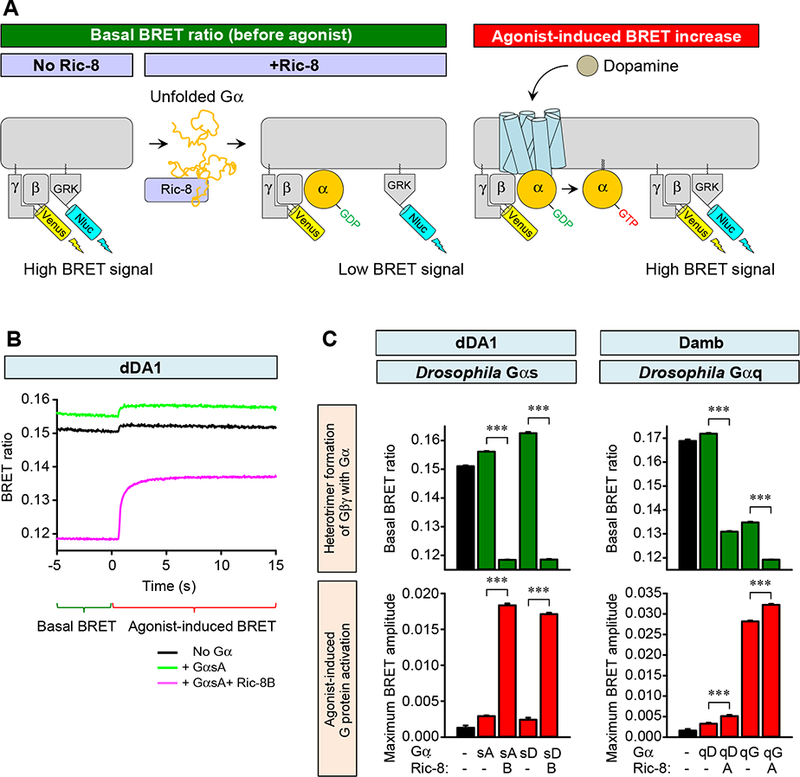Figure 2. Effects of mammalian Ric-8A and Ric-8B on expression of Drosophila Gα subunits.

A. Schematic diagram of the Ric-8 effects in BRET assays with and without agonist. Co-transfection of Ric-8 with Gα provided for expression of functional Gα subunits and interaction of Gα with Venus-Gβγ. Functional heterotrimer formation consequently decreased the basal BRET ratio and increased agonist-induced BRET response.
B. Effect of Ric-8B, GαsA and DA on signaling through the dDA1 receptor. HEK293T/17 cells were transfected with the BRET sensor pair and dDA1 without exogenous Gα (black), with GαsA (green) or GαsA and Ric-8B (magenta). DA was added at time zero at a concentration of 100 μM. Functional GαsA (with Ric-8A) decreased the basal BRET ratio indicating heterotrimer formation. DA agonist produced a robust and quantifiable response.
C. Effects of DA, Ric-8A or −8B, and GαsA, GαsG, GαqD or GαqG on signaling through the dDA1 and Damb receptors. The cellular BRET assay for the dDA1 receptor was performed with GαsA and GαsG (left), with and without Ric-8B; and for the Damb receptor with GαqD and GαqG (right), with and without Ric-8A. The basal BRET ratio and agonist-induced maximum response amplitude were plotted as bar graphs. Statistics: Results are expressed as the mean ± SEM. ANOVA with Tukey post hoc, ***p<0.001, n=6 per group.
